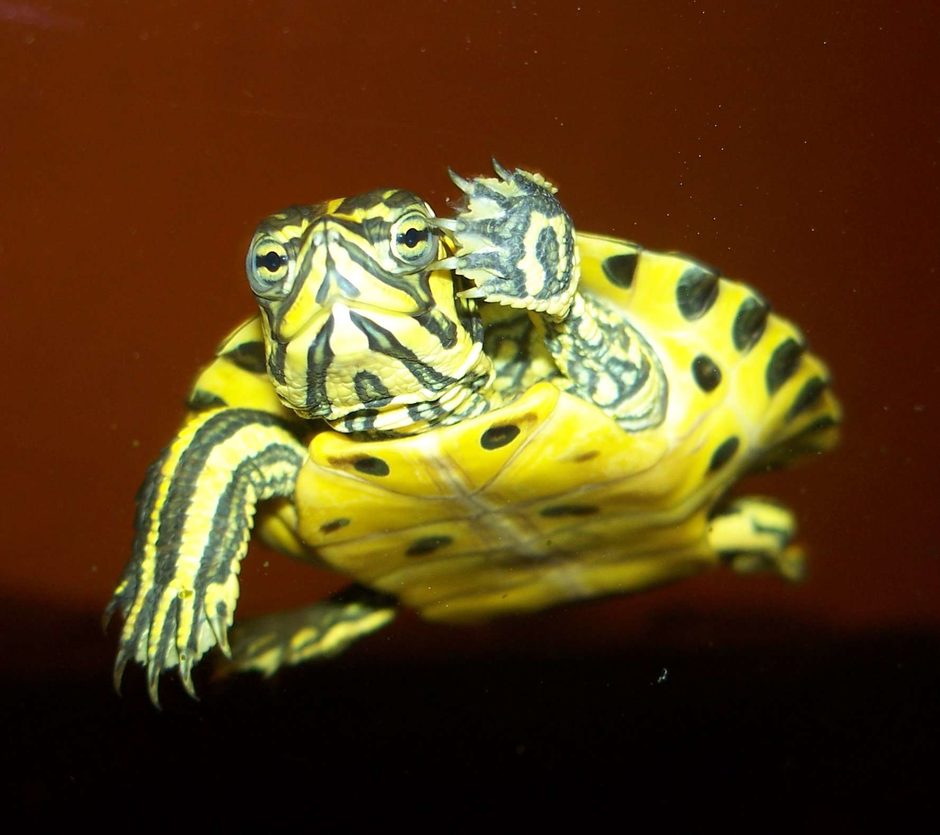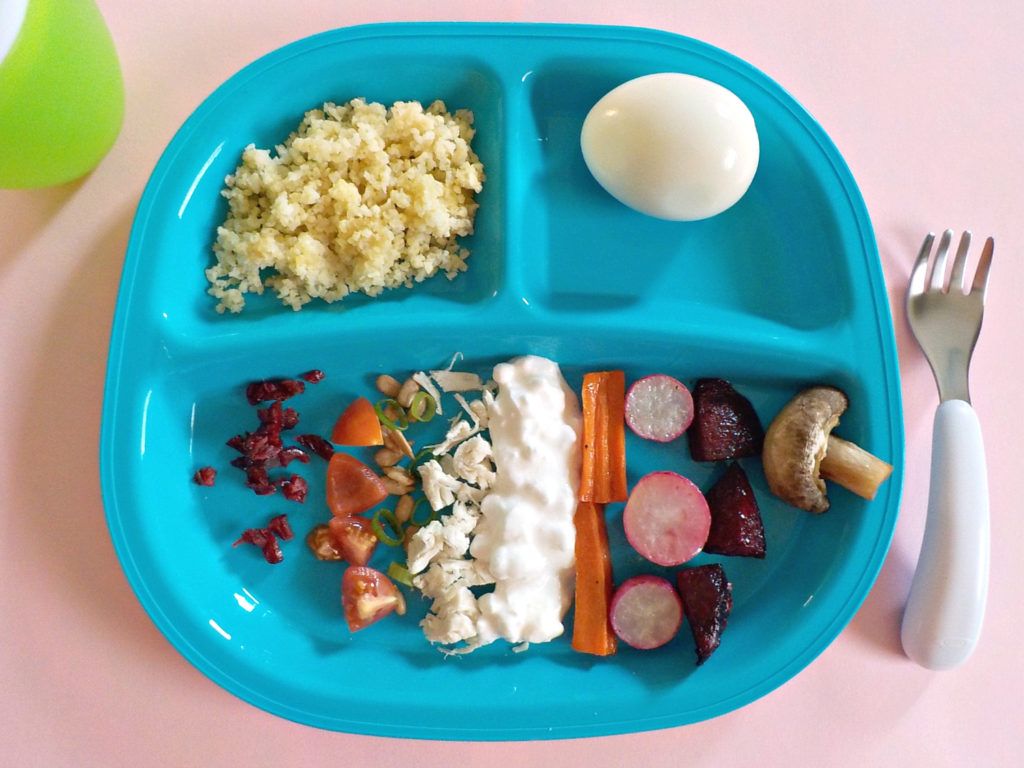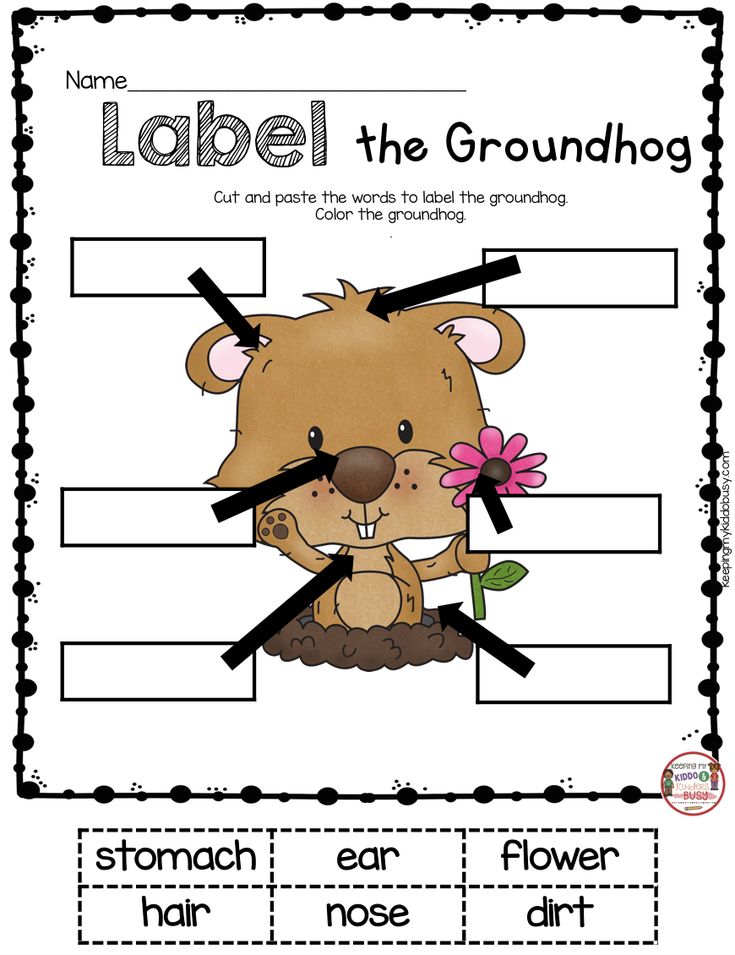Food for hamster babies
How To Feed Baby Hamsters
Have a pregnant hamster? Not sure what to feed her or the babies? These tips will help guide you to the best hamster diet during these life stages.
What Do Pregnant Or Mother Hamsters Eat?
Mother hamsters need extra protein while they are pregnant or nursing. Feed them boiled egg, bits of cooked unseasoned chicken or beef, mealworms (usually available at high-end pet stores) and fruits or vegetables rich in vitamins A (natural A is good) and E.
Broccoli, sweet apple (as opposed to sour green apple), cantaloupe, and peas are all good fruit and vegetable choices for your hamster.
During pregnancy the restriction on sunflower seeds may be safely lifted; let the hamster eat as much as she can. Pregnant hamsters need the extra folic acid and vitamins as well as the fats and proteins that sunflower seeds provide, which is why mother hamsters can eat more. Protein needs for a hamster increase 60 percent during pregnancy. Nursing 14 to 28 pups in a litter can sap a mother hamster’s reserves; she’ll be able to use the fat in the seeds to keep from losing weight.
Always provide plenty of hamster food for a nursing mother hamster. She’ll need the food both physically and emotionally. Having plenty of resources to draw from makes a mother hamster feel secure and less stressed, which gives the hamster pups the best chance of survival. Hamster babies continue to nurse for almost three weeks after birth.
Feeding Baby Hamsters
Baby hamsters are usually well cared for by their mothers, but you can offer a few foods to help the hamster pups along. Baby hamsters will likely benefit from wheat germ cereal early in their development, so sprinkle a little close to the nest. Also small seeds such as millet are good for hamster pups, even those younger than 10 days old. Place a whole sprig of millet in the cage as an extra treat for the mother. This gives her something interesting to do, because she will need to gather the seeds off the stem.
Sometimes you will need to feed a hamster pup if the mother dies or rejects it. This will be a full-time job. Pups less than 8 days old have a poor survival rate, but you should still try. It can be rewarding to nurse a young hamster to adulthood. Saving a motherless hamster pup involves more than just feeding it, but our focus is nutrition.
Pups less than 8 days old have a poor survival rate, but you should still try. It can be rewarding to nurse a young hamster to adulthood. Saving a motherless hamster pup involves more than just feeding it, but our focus is nutrition.
Feed a pup evaporated milk mixed in a 50/50 solution with water. Warm the solution to 90 degrees Fahrenheit before feeding it to the baby hamster. Administer the solution via syringe or feeding wick (available at most pet stores). You may also use puppy or kitten formula. The volume to feed varies with the type of hamster.
Feeding Baby Dwarf Hamsters
For a dwarf hamster less than 2 weeks old, start at 2 drops every half-hour around the clock. Increase this to 3 drops every half-hour as it approaches 2 weeks of age. When the hamster pup reaches 2 weeks of age, increase the volume to 1/2 milliliter every hour. While nursing on this formula also provide wheat germ, small seeds and something fresh such as broccoli.
Hamsters continue to nurse for up to 3 weeks in extreme cases. This doesn’t mean that the hamsters won’t eat solid foods. Hamster pups start using their teeth at about 5 days old on smaller seeds. If you provide wheat germ by sprinkling it close to the nest, small hamster pups will lick at it.
This doesn’t mean that the hamsters won’t eat solid foods. Hamster pups start using their teeth at about 5 days old on smaller seeds. If you provide wheat germ by sprinkling it close to the nest, small hamster pups will lick at it.
During the third week you should see hamster pups eating from the bowl of solid foods. You can breathe easy after three weeks and start weaning them from the milk. To wean a hamster, just reduce the amount of milk given by half for a day or two and then stop all milk by the next day.
Feeding Baby Syrian Hamsters
For a Syrian hamster or other full-sized species of hamster, increase the amount of milk offered. Start with 1 milliliter 12 times a day around the clock until the hamster pups are 2 weeks old. After 2 weeks, feed them 2 milliliters 8 times a day. Provide the hamster pups with wheat germ, small seeds and something fresh while feeding the formula.
Around 3 weeks of age, you should see the hamster pups start to eat solid food.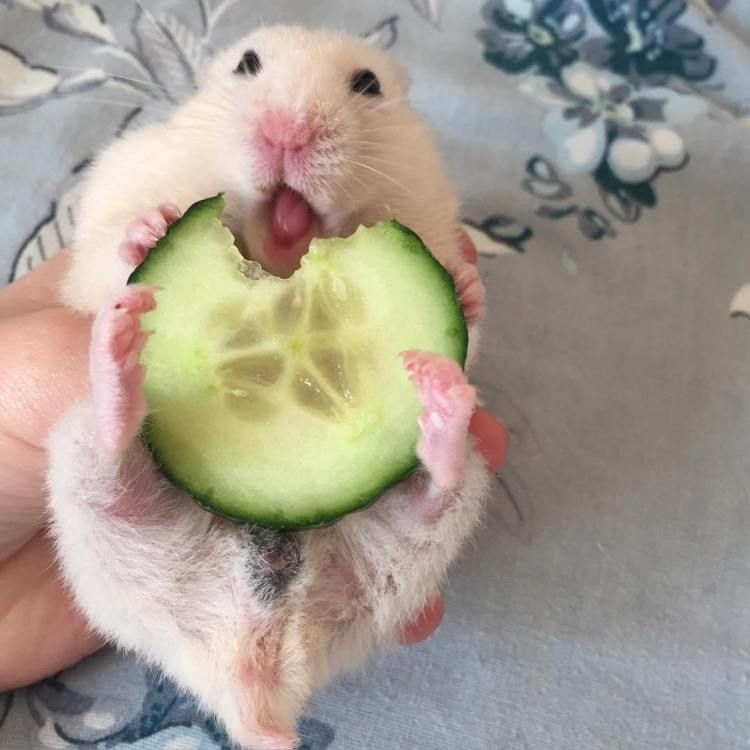 When you see this, gradually wean them off the formula. If you watch hamster pups carefully you’ll notice that they eat droppings from adult hamsters. This is normal and quite necessary. The droppings contain bacteria that the hamster pups need to help them break down and digest the mostly cellulose foods they eat. This is true for orphan hamsters as well. If you are a surrogate parent, remember to place droppings from an adult hamster near the nest so the pups you are nursing can benefit.
When you see this, gradually wean them off the formula. If you watch hamster pups carefully you’ll notice that they eat droppings from adult hamsters. This is normal and quite necessary. The droppings contain bacteria that the hamster pups need to help them break down and digest the mostly cellulose foods they eat. This is true for orphan hamsters as well. If you are a surrogate parent, remember to place droppings from an adult hamster near the nest so the pups you are nursing can benefit.
By: Doran Jones
Excerpt from the Popular Critters Series magabook Hamsters with permission from its publisher, BowTie magazines, a division of BowTie Inc.
Share:
When Can Baby Hamsters Start Eating Hamster Food?
By Naomi Millburni Jupiterimages/liquidlibrary/Getty Images
Newborn hamsters of all types begin their existences in highly dependent states, lacking both vision and fur. Despite this powerless start in life, a hamster's development is extremely fast, and before you know it, the little rodents are completely weaned and heartily chowing down on commercial hamster formula.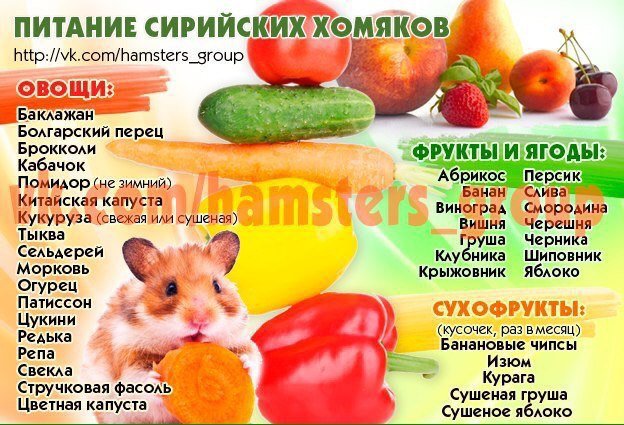
Hamster Food
Wee hamsters typically start taking in solid, dry hamster foods when they're about 10 days old. This is when the weaning process commences. As with many other animals, weaning entails the gradual transition from exclusive nursing with the mama hamster to eating only "normal" foods."
Completion of Weaning
Although baby hamsters start eating hamster foods when they're just days old, they still continue to nurse with their mothers for a little while longer. Dwarf hamsters -- like Chinese and Campbell's hammies -- typically are all through with weaning once they get to roughly 3 weeks old. The process doesn't move as fast with Syrian hamsters, however. Many Syrian hamster youngsters wait to be fully weaned for almost a month. Typical weaning age for Syrian hamsters is between 26 and 28 days old.
Pellets
Before you give baby hamsters their earliest servings of hamster food, make a point to immerse the pellets in water beforehand. By doing this, you give the food a smooth and soggy feel, and therefore make it easier for the little guys to eat them initially.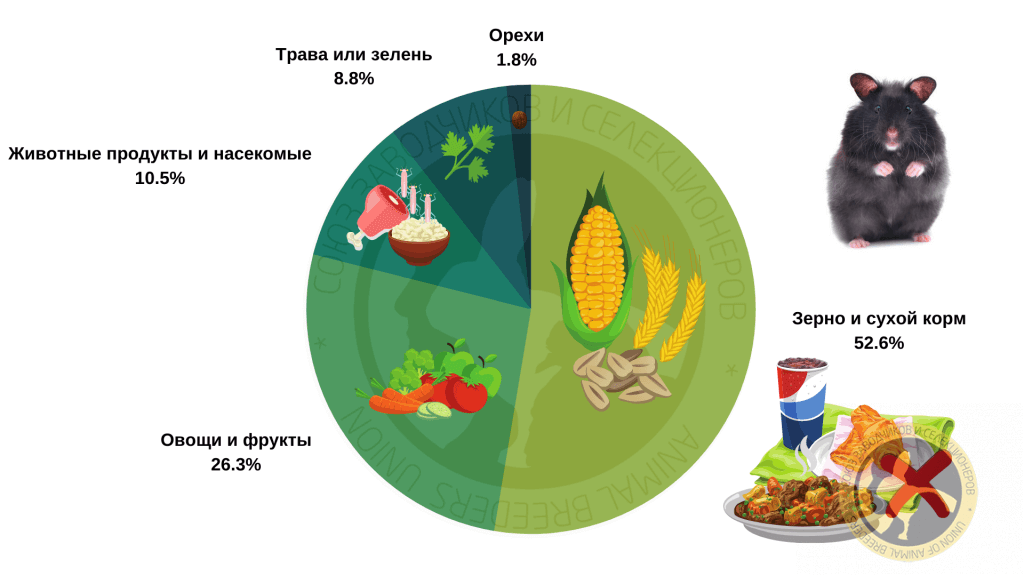 Note that putting these pellets on the floor of their living space offers the young hamsters easy access, too.
Note that putting these pellets on the floor of their living space offers the young hamsters easy access, too.
Water
Baby hamsters also need to have clean water always available to them. Once they're old enough to eat hamster food, they need to be regularly drinking water, too. When setting up the bottled water in the hamsters' cage, make sure that the wee ones can comfortably get to the bottles' tubes. Make sure too that the tubes don't touch the hamsters' sleeping area. Clean water is vital for young and adult hamsters alike.
General Hamster Feeding Information
When planning your hamster's mature meal plan, look not only at commercial hamster foods but also at produce. Discuss with your veterinarian supplementing your hamster's diet with small and controlled amounts of fresh produce, both vegetables and fruits. Never offer your hamster any specific vegetables or fruits unless you're 100 percent sure that they're hamster-safe. Seek your vet's OK before introducing anything new into your pet's menu. Also ask about suitable commercial treats that are made for hamsters.
Also ask about suitable commercial treats that are made for hamsters.
References
- The Humane Society of the United States: Hamster Feeding
- Hilltop Animal Hospital: Care of Pet Hamsters
- Hunt's Veterinary Clinics: Hamsters
- Purdue University College of Veterinary Medicine: Care of Hamsters
- Caddy Veterinary Practice: Hamsters
- SPCA Singapore: Hamsters
- Florida Atlantic University Veterinary Services: Hamster Hideout
- Marlborough Bird & Animal Hospital: Gerbils and Hamsters
- SmallAnimalChannel.com: All About Baby Hamsters
Photo Credits
How to feed a Syrian hamster at home
Syrian hamsters are "classic" homies, usually with beautiful golden coats, popular as pets because of their cuteness and unpretentiousness. They are easy to feed with homemade food without buying factory feed. But in order to feed them, you need to know some of the features of their nutrition.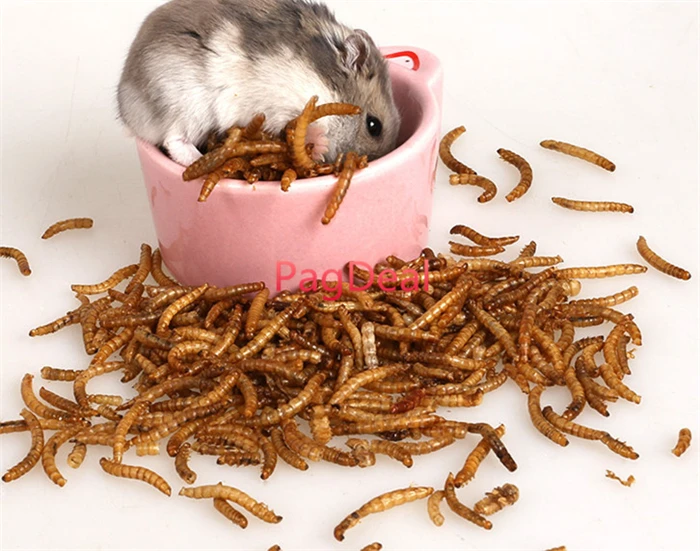 In this article, we will consider what you can feed Syrian hamsters at home.
In this article, we will consider what you can feed Syrian hamsters at home.
Contents
- Adult hamster food
- Grain mixtures
- Fruits and vegetables in nutrition
- Protein supplement
- Herbs in the diet
- Water
- Pregnant females
- Small Syrian hamsters
- Elderly rodents
- Sick and weakened rodents
- Prohibited products
Adult hamster food
The diet of a small animal consists mainly of cereals, but different foods are useful for a good mood and well-being of a hamster. So, what are the main preferences of this animal, what does your pet need?
Grain mixtures
The basis of nutrition is a mixture of grains sold by any pet store. Feed the hamster twice a day, morning and evening , about a tablespoon. You should be attentive to your pet: often he eats out the most delicious grains from the feeder, while others containing useful substances remain intact or are scattered around the cage. The weight of an adult animal is about 200 g, and choosing only seeds and nuts from the feed, the animal quickly gains excess weight.
The weight of an adult animal is about 200 g, and choosing only seeds and nuts from the feed, the animal quickly gains excess weight.
Of the cereals, germinated wheat is preferred, oats and buckwheat are good. Grain can occasionally be replaced with bread. Grain porridge is recommended for pregnant females.
Peas, beans are given boiled. The animals are very fond of young green peas. Hamsters are offered dried corn, melon seeds, pumpkin seeds, nuts (cashews, peanuts, walnuts). Dried fruits are useful for rodents: raisins, dried apricots, dried bananas, pears, apples. With constipation, a little sunflower oil is added to the diet, with diarrhea, rice boiled to stickiness. In this case, the menu of the animal must be revised so that the digestive functions return to normal.
Fruits and vegetables
To feed a pet, it is useful to give some berries, fruits, vegetables daily: slices of cucumber, carrot, apple, banana, persimmon, pear. Pumpkin, zucchini, sweet peppers, broccoli and savoy cabbage are allowed. Food should be well washed before eating. The Syrian hamster is most active at night. With this in mind, you should offer perishable foods at this time of day. It is also necessary to check the cage from time to time, avoiding the presence of rotten food that can cause pet poisoning. It is correct to feed with such an amount of food that there is little left for the next day.
Pumpkin, zucchini, sweet peppers, broccoli and savoy cabbage are allowed. Food should be well washed before eating. The Syrian hamster is most active at night. With this in mind, you should offer perishable foods at this time of day. It is also necessary to check the cage from time to time, avoiding the presence of rotten food that can cause pet poisoning. It is correct to feed with such an amount of food that there is little left for the next day.
Protein supplement
Several times a week the animal needs protein food. It can be meat, cottage cheese. The products must be fresh, the meat must be pre-boiled well, excluding salt and spices. Meals include low-fat kefir, fish, boiled egg, flour worm.
Herbs in the diet
From time to time, herbs are introduced into the diet: dandelion leaves, clover, plantain, alfalfa, clover. You can buy ready-made germinated plants at the pet store or grow them yourself on the windowsill.
Food should be not only healthy, but also varied.
With poor nutrition, the animal may begin to itch, which is a manifestation of an allergic reaction.
Mineral supplements
Be sure to purchase a mineral stone for scratching on it, grinding your teeth, and for the intake of nutrients into the body. This is what rodents do in nature.
Water
Water must be present in the diet of the animal. It is better to pour it into a drinking bowl, not into a bowl, from where it quickly evaporates, and the dishes often tip over. Automatic drinkers have proven themselves well. You need to drink filtered, clean water.
Pregnant females
When preparing for breeding, you should know that the female in position needs:
- boiled chicken meat;
- boiled yolk;
- fat-free cottage cheese;
- greens, germinated cereals;
- increased amount of protein food: gammarus, earthworms, grasshoppers, butterflies (mandatory purchased in specialized pet stores).

During the gestation period, the amount of food is increased so as not to cause concern to the mother with a lack of supplies. A piece of coal, a mineral stone, calcium gluconate is placed in the cage.
Pregnancy lasts about 20 days. 5-15 babies are born into the world. It is impossible to allow the fertilization of the female before four months.
It is important to provide mommy with peace: there should not be other hamsters in the cage, it is forbidden to take small cubs in your arms, because a foreign smell can scare the parent. It is necessary to provide the female with a balanced diet, to ensure peace. All this will prevent manifestations of cannibalism on the part of the mother.
Little hamsters
After birth, newborn cubs feed exclusively on mother's milk for four weeks. At the age of 30 days and older, special nutrition is needed. A bowl with a variety of food should be constantly filled, the baby himself will choose the product to taste.
Wet food is offered in one type, so as not to cause indigestion. Treats in the form of fruit are best postponed until adulthood. You can feed a small Syrian hamster with infant formula, offering canned meat and vegetables. Steamed buckwheat, oat flakes mixed with meat baby puree have proven themselves well. Such food is placed in the mother's feeder, the children will gradually get used to the new food.
With pleasure, hamsters eat sprouted grains of wheat, peas, and beans. Sprouts contain useful trace elements, vitamins.
Elderly rodents
About two years old, a small rodent becomes less active, he shows signs of aging: his teeth are worn down, his appetite worsens. The diet needs to be adjusted. Vegetables are given in a pureed form, the grain is ground.
Experienced breeders advise feeding an aging animal with dairy-free infant formula, introducing special vitamins into the menu. This will prevent digestive problems.

Sick and weakened rodents
Often, after suffering stress, the animal becomes ill. A new place of residence, moving, the appearance of a roommate in a cage, a loudly working TV can cause a disease. With the manifestation of aggression, hair loss, the appearance of parasites, skin inflammation, lethargy, refusal of food, you should visit a veterinarian.
Often, such animals have to be force-fed, drawing grains crushed to a puree-like state, ground, mixed with hot water or vegetables into a syringe. Food is served warm. Mashed potatoes and cereals for children are suitable. It is convenient to mix vitamins, medicines there. Sick Syrian hamsters drink chamomile decoction. Do it slowly, making sure that the hamster does not choke.
Prohibited products
Some harmless products can be dangerous for both the Syrian and Djungarian hamster. List of what not to feed them:
- food intended for parrots or other rodents;
- acorns, chestnuts, potatoes;
- cheese, lard, any food containing more than 3% fat;
- spices;
- almonds;
- dairy products;
- sweets, juices;
- fatty foods;
- white cabbage - dangerous, fatal;
- garlic, onion;
- chocolate;
- citrus fruits, exotic fruits;
- stones, seeds of any fruit;
- caught insects, not typical for the diet of jungars;
- preserved, stewed, fried, smoked products;
- butter.

The Syrian hamster is a lot of positive emotions, joy, laughter, he is not picky about food. But you need to properly feed him, understanding that his well-being and life expectancy are affected by competent maintenance, balanced nutrition, tender and kind feelings for the pet.
What can I feed a Syrian hamster at home?
Table of contents
- What foods must be in the diet?
- First part: dry food
- Second part: fresh vegetation
- Third part: high protein foods
- Which foods are strictly forbidden in the diet?
- What to feed an adult hamster?
- What to feed the baby?
- What to feed an old hamster?
- What to feed a pregnant female?
The Syrian Hamster needs a complete and balanced diet. When choosing products, it is necessary to take into account the age and health of the animal. The basis of the diet is ready-made cereal mixtures. Two tablespoons of food is enough for an adult animal per day. Instead of grain, you can sometimes use white bread, and treat pregnant females with any cereals.
When choosing products, it is necessary to take into account the age and health of the animal. The basis of the diet is ready-made cereal mixtures. Two tablespoons of food is enough for an adult animal per day. Instead of grain, you can sometimes use white bread, and treat pregnant females with any cereals.
Syrian hamsters love to crunch their food. You can please them with dried corn kernels and seeds. Every day it is necessary to give animals fresh vegetables and fruits: sweet peppers, apples, carrots. Also, do not forget about the greens. In spring and summer, you can collect dandelion, clover, plantain for pets, and in autumn and winter, germinate wheat and other cereals for them.
The hamster's diet must be enriched with protein products. Several times a week, the animal needs to be treated with low-fat cottage cheese, a boiled egg, well-boiled chicken or low-fat fish. From high-protein plant foods, boiled peas, chickpeas or beans are perfect for a rodent. The pet kefir is happy to drink. You can buy dried worms or grasshoppers at any pet store. For a hamster, this is a real treat.
The pet kefir is happy to drink. You can buy dried worms or grasshoppers at any pet store. For a hamster, this is a real treat.
Feeding is carried out twice a day: in the morning and in the evening. At night, it is recommended to put more food in the feeder so that some is preserved until the next day. This is especially true for fresh fruits. Hamsters often reinforce forces in the middle of the night. Spoiled food must be immediately removed from the cage so as not to spoil the health of pets. Syrian rodents eat indiscriminately, and can grind off poor-quality food.
What foods must be in the diet?
A hamster's diet should not be monotonous, otherwise the pet may develop an allergy. It is important for the owner of a fastidious rodent to learn how to make a correct and balanced menu. Food is conventionally divided into three parts: dry grain mixture, fresh vegetables, fruits and greens, high-protein foods. Plus dried insects, but this is an optional component, but rather a delicacy. All three parts must be included in the diet every day. So, what to feed the Syrian hamster to keep him alert and healthy?
All three parts must be included in the diet every day. So, what to feed the Syrian hamster to keep him alert and healthy?
First part: dry food
What is included in the list of dry food? The main products that occupy the largest percentage in the menu of the Syrian rodent are:
- ready-made grain mixture;
- pumpkin, melon, sunflower seeds;
- walnut, peanut;
- any cereal;
- dried fruits.
Second part: fresh vegetation
What fruits and vegetables are suitable for feeding a Syrian hamster at home? The list of fresh greens useful for the animal includes:
- raw or slightly boiled carrots, pumpkins, marrows, sweet peppers, cucumbers, radishes;
- apple, pear, persimmon;
- raspberries, strawberries and other berries;
- leafy greens, young nettle, clover, plantain, dandelion.
Third part: high-protein foods
What can be fed to the Syrian rodent to ensure sufficient protein intake? High-protein foods approved for hamsters include:
- boiled egg;
- low-fat cottage cheese;
- fermented milk drinks;
- boiled chicken;
- boiled fish, lean;
- green beans, fresh green peas, soaked chickpeas;
- earthworms or mealworms, grasshoppers, crustacean mormysh.
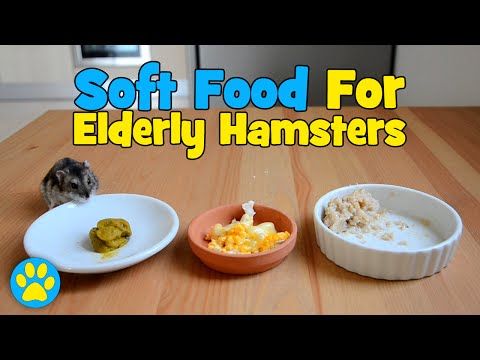
What foods are strictly prohibited in the diet?
The owners do not always understand whether the products are harmful or useful for the hamster, they slip food to the pet, which causes great damage to his health. Below is a list of foods that should never be fed to an animal. It includes:
- sour cream, cheese, cream, butter;
- sugar, chocolate, ice cream, sweets, sweets;
- salt, spices, spices;
- dry food for other animals;
- acorns, chestnuts, almonds, Brazil nuts;
- citrus fruits, pits of cherries, sweet cherries, apricots and other fruits;
- fat, red meat, fatty fish;
- mushrooms;
- potatoes, cabbages of all kinds;
- sorrel, garlic, onion, needles, tree branches;
- any juices;
- unknown insects caught in the wild.
What to feed an adult hamster?
The adult Syrian rodent is extremely susceptible to vitamin deficiencies, so its diet should be as varied as possible. Every day you need to treat your pet with fresh fruits and berries. You need to choose the most juicy leafy greens, since the hamster will not eat a dried, lethargic hamster, but uses it to build a nest. In order for the animal to sharpen its teeth, it is recommended to periodically give it pasta or crackers. Rotten, spoiled food should be removed from the feeder immediately before it poisons the animal. The drinking bowl should always have fresh and clean water. An adult hamster drinks little, but you should not worry about this: the pet receives a large percentage of the liquid with vegetation. Usually hamsters do not suffer from an upset digestive system. If the owner notices diarrhea or constipation in the animal, then it is enough to give him a drink of vegetable oil or boil crushed rice.
Every day you need to treat your pet with fresh fruits and berries. You need to choose the most juicy leafy greens, since the hamster will not eat a dried, lethargic hamster, but uses it to build a nest. In order for the animal to sharpen its teeth, it is recommended to periodically give it pasta or crackers. Rotten, spoiled food should be removed from the feeder immediately before it poisons the animal. The drinking bowl should always have fresh and clean water. An adult hamster drinks little, but you should not worry about this: the pet receives a large percentage of the liquid with vegetation. Usually hamsters do not suffer from an upset digestive system. If the owner notices diarrhea or constipation in the animal, then it is enough to give him a drink of vegetable oil or boil crushed rice.
What to feed the baby?
A small hamster has a very delicate digestive system, so it needs to be fed differently than an adult animal. A cub up to three months old eats often, but little by little. There should always be a dry grain mixture in the feeder, although many babies do not really like to feast on it. From fresh greens, it is advisable to give the hamster one product a day, so as not to provoke an intestinal upset. For the same reason, you should not treat him with exotic fruits. You can germinate lettuce, wheat, beans, peas for a cub. Young shoots are easily digestible and rich in trace elements necessary for the full growth and development of the animal. Well suited for a newborn animal is the usual baby food that combines meat, cereal and vegetable ingredients. Children's porridge or puree is laid out in a bowl and placed directly in the cage.
There should always be a dry grain mixture in the feeder, although many babies do not really like to feast on it. From fresh greens, it is advisable to give the hamster one product a day, so as not to provoke an intestinal upset. For the same reason, you should not treat him with exotic fruits. You can germinate lettuce, wheat, beans, peas for a cub. Young shoots are easily digestible and rich in trace elements necessary for the full growth and development of the animal. Well suited for a newborn animal is the usual baby food that combines meat, cereal and vegetable ingredients. Children's porridge or puree is laid out in a bowl and placed directly in the cage.
What to feed an old hamster?
A hamster becomes an old man by the age of two. The owner can observe lethargy, lack of appetite, almost complete grinding of teeth in the pet. An animal at this age is no longer able to eat roughage, so the diet must be radically changed. Nuts and grains should be ground into gruel, and vegetables and fruits should be grated.



